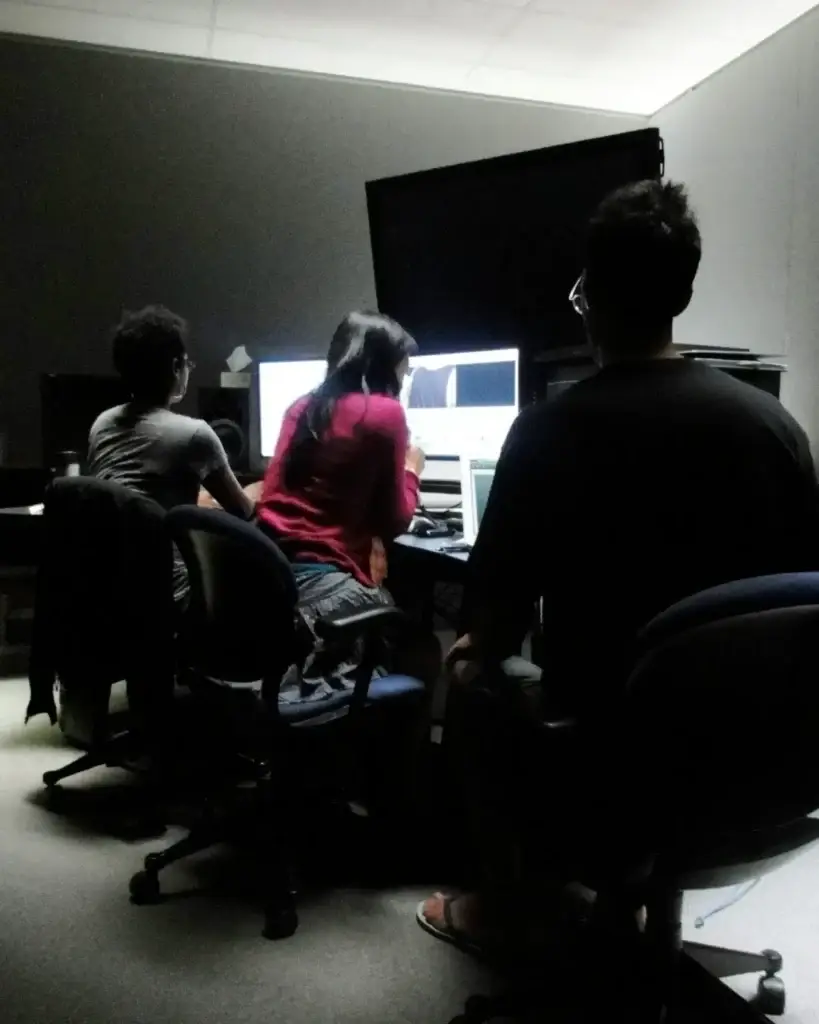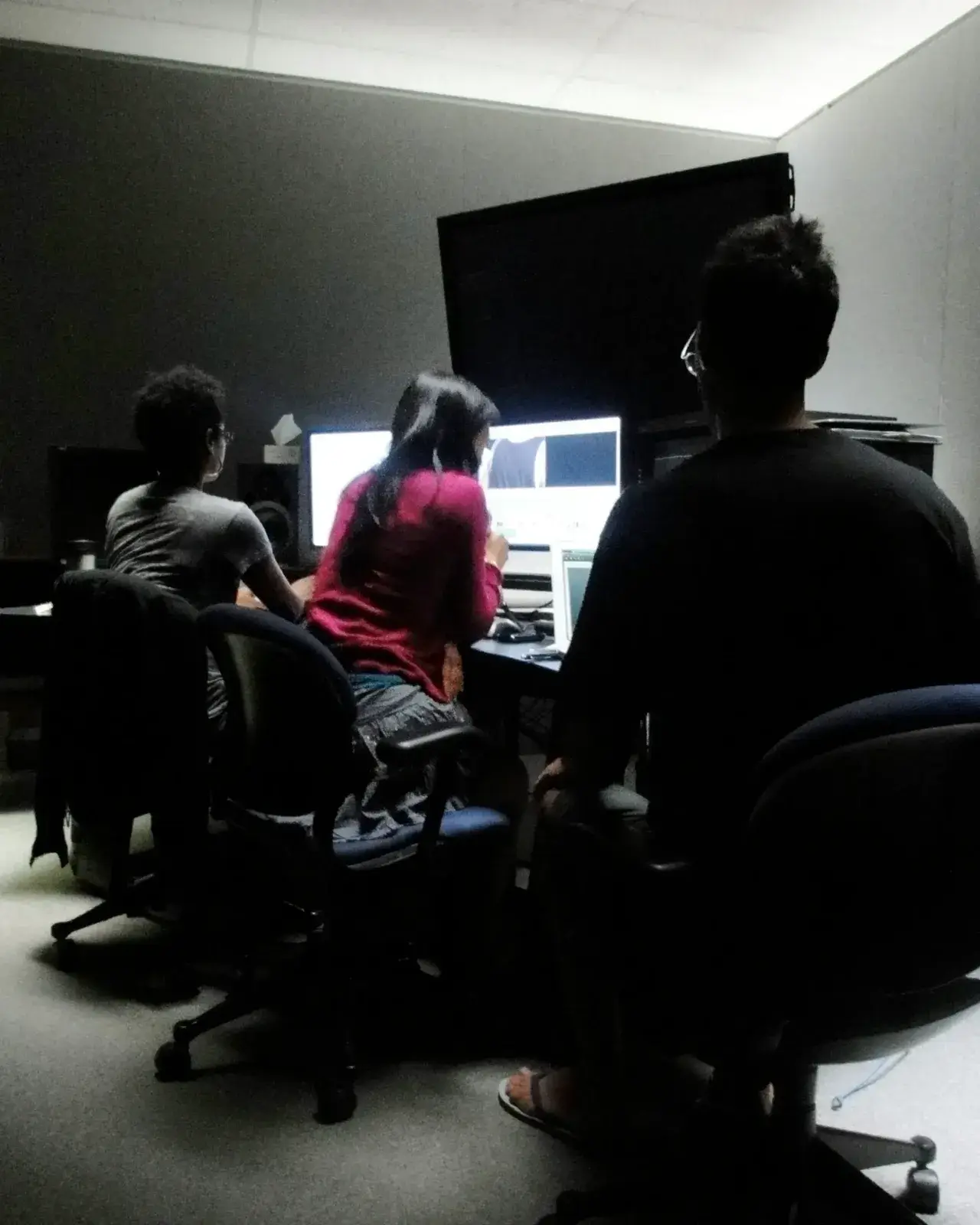
PowerPoints used in scientific talks would generally be described as brutal for any public talk. Here are 20 tips for using Powerpoint well, regardless of the audience.
1. Think about whether you need a slide deck at all. The focus should be on you. Excellent presenters don’t really need a slide deck at all, maybe just a background slide and a handful of surprises.
2. Please face the room. Do not talk to your deck.
3. So here is a quandary. PPT was initially a medium for slide decks, and slides are best viewed in a darkened room. As soon as you darken the room, you lose eye contact with your audience. And they have come to see and listen to you, not look at your slide deck. Make sure your slides can be seen with the lights on, or that you are well lit on the stage.
4. PPT is designed for projection, not printing. So slides are best viewed when there is a plain dark background with white or golden text. If white backgrounds are used, use a very dark font colour, such as black.
5. Think carefully about how you can use slides to enhance your presentation. Ask, “will this enrich what I am saying?” It’s compelling to show pictures, video, animations or stats. It can help frame or summarize points.
6. Do not use your slides as speaking notes. If everything you want to say is written down in your PowerPoint, why bother with a presentation? You will only introduce cross-scripting.
7. I can’t make this point strongly enough. Use your slides as visual support for what you want to say. If you put text on your slides, people will read the slides and not listen to you. You will be competing with yourself.
8. Here’s how to prevent your slide deck from turning into your speaking notes. After you build your PowerPoint, go back and replace all of the text-based slides with pictures and charts, and simply move the text into your speaking notes. You have just entered a whole new league of effective communications.
9. The only text-based sides you need are for signposting, for example, set up, section headings, quotes, emphasis, contact info.
10. Fonts should be very large. Do not mix too many different sizes of text (one is good, two is okay). Avoid ALL CAPS for more than a word or two at a time. Consider the text located at the bottom of the slide and whether people at the back of the room will be able to read it.
11. Proof-read your slides or have someone else check it for you. The last thing you want is a glaring spelling error projected onto a screen for an audience to see.
12. A dense or complicated graphic can be much improved by unpacking the “layers” so that you can walk through the relevance stage-by-stage to elucidate your point.
13. Generally, minimize fancy transitions, sound transitions or the slide timer in your presentation.
14. Pay attention to the size of the images you use when you are preparing a presentation that could be emailed later. When you place an image and make it smaller, it retains its original file size. Just five 4MB image files becomes a 20+MB PowerPoint file.
15. More on this topic — if you have developed a PowerPoint deck that enhances your talk with video, pictures, graphs and illustrations, your slide deck should not be all that useful as a stand alone document anyway.
16. When using graphs and charts, ensure there is a title and legend that are large enough to read. Use bold colours so the audience can differentiate between parts.
17. Avoid graphs and charts that are too dense or even – viewers won’t know where to look first. You want to guide the viewer’s eye. In general, in North America people tend to read from top left to bottom right. Colour has more pull than black and white, and moving images more than still imagery. You can use these tendencies when triaging what you want the viewer to notice first.
18. Avoid collages for the same reason. If you put multiple images on the screen at once, their eyes will be jumping around and they will not be listening to you. You want to be in control of the show, choreographing their experience as a whole package.
19. Use the whole screen. Bleed images right off the page on all sides – it looks strong and great!
20. Practice your presentation ahead of time to ensure the slide order makes sense and that there aren’t too many or too few slides for your allotted time.
The hardest thing about using PowerPoint this way is it is unconventional in science circles, so it takes confidence. However, that pairs well with being a great communicator.
